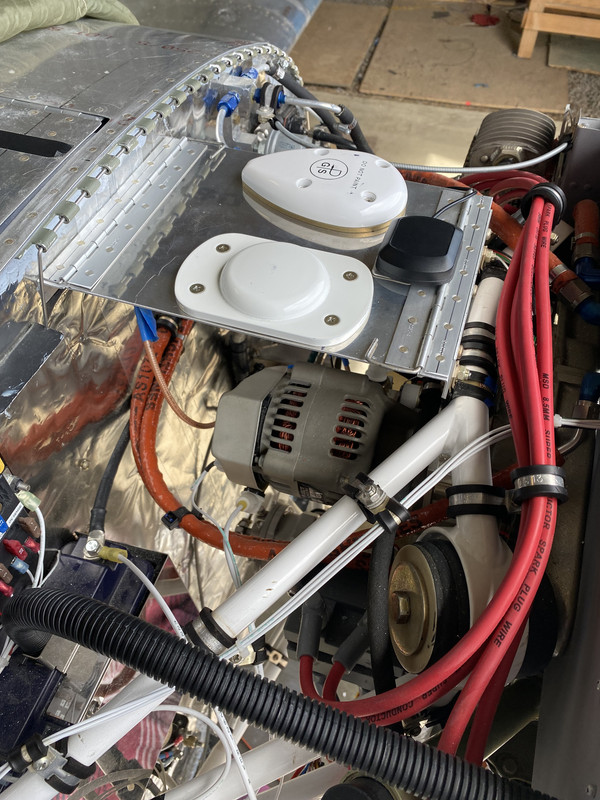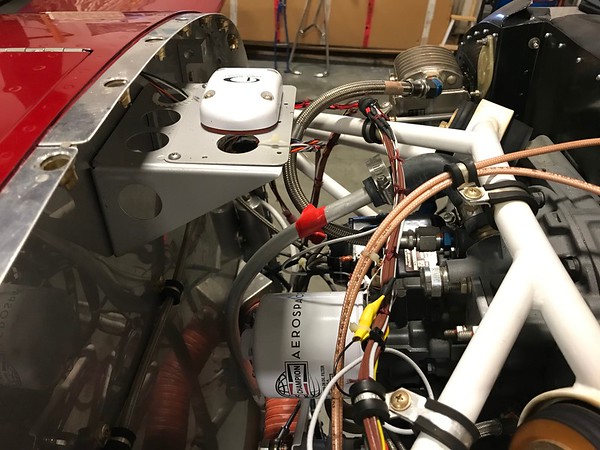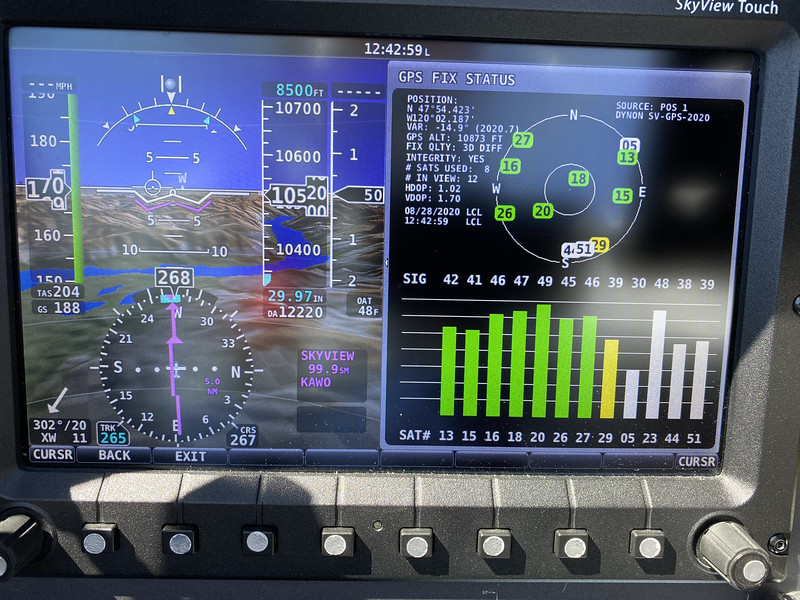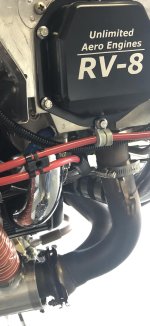claycookiemonster
Well Known Member
I have my GPS antennas mounted on a shelf projecting forward from the firewall as many others. They will be beneath the cowling. Of course, right beneath the antennas is the whirling mass of the engine, two alternators, 8 spark plug wires and two electronic ignition systems. In an effort to keep things clean up front, I'm tempted to restrain the spark plug wires on adel clamps held to the edge of the GPS antenna's shelf. It makes for a nice arrangement and keeps the wires clear of the alternator beneath and they'll be beneath the horizon of the antenna mounting shelf.
But, will those buzzing wires interfere with the GPS reception?
But, will those buzzing wires interfere with the GPS reception?









